Getting that first contact
All my equipment arrived and it was time to get on the air. I had a radio and power source to unbox. 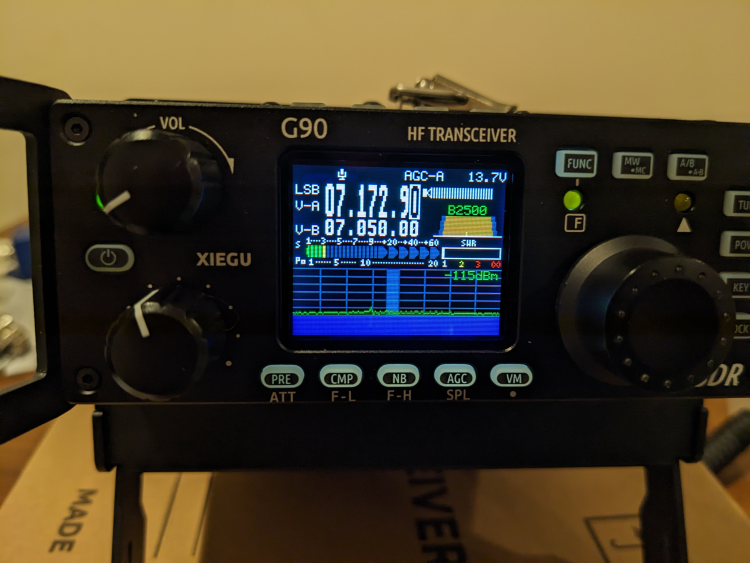
And some transformers and a spool of wire to turn into an antenna.
A truly compromised antenna
They say, just get some wire high up in the air and begin experimenting. So I got right to it.
I measured out 53 feet of wire as recommented by this article, “The “Best” Random Wire Antenna Lengths”. I threw a line into a tree using the arborist throw line I ordered and used that to hang a loop of clothesline.
They say, just get some wire high up in the air and begin experimenting
I tried some different configurations but settled on a rough inverted V shape from the basement window where my radio is set up, to a tree 30 feet or so away and about 18 feet in the air and down to a neighbor’s fence.
Then I added a 17 foot counterpoise that I run in the opposite direction inside my basement.
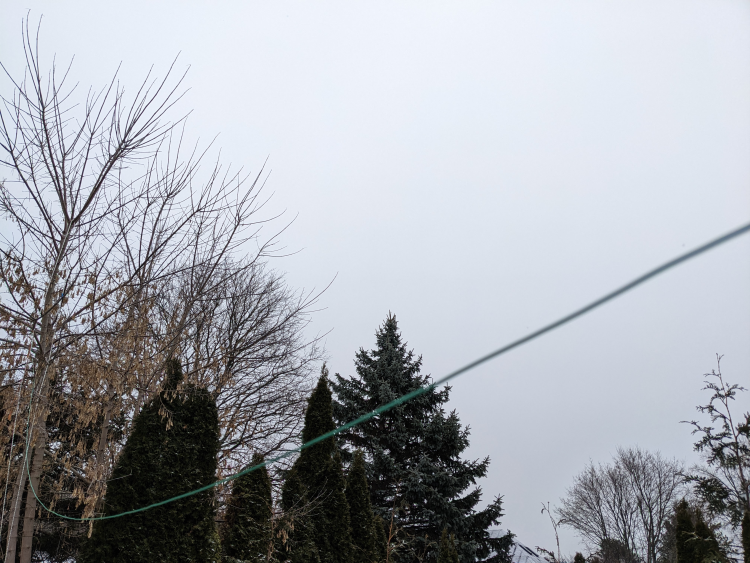
This antenna is about a basic and crude as it gets. And the feedthrough is just the light wire fed through a cracked window.
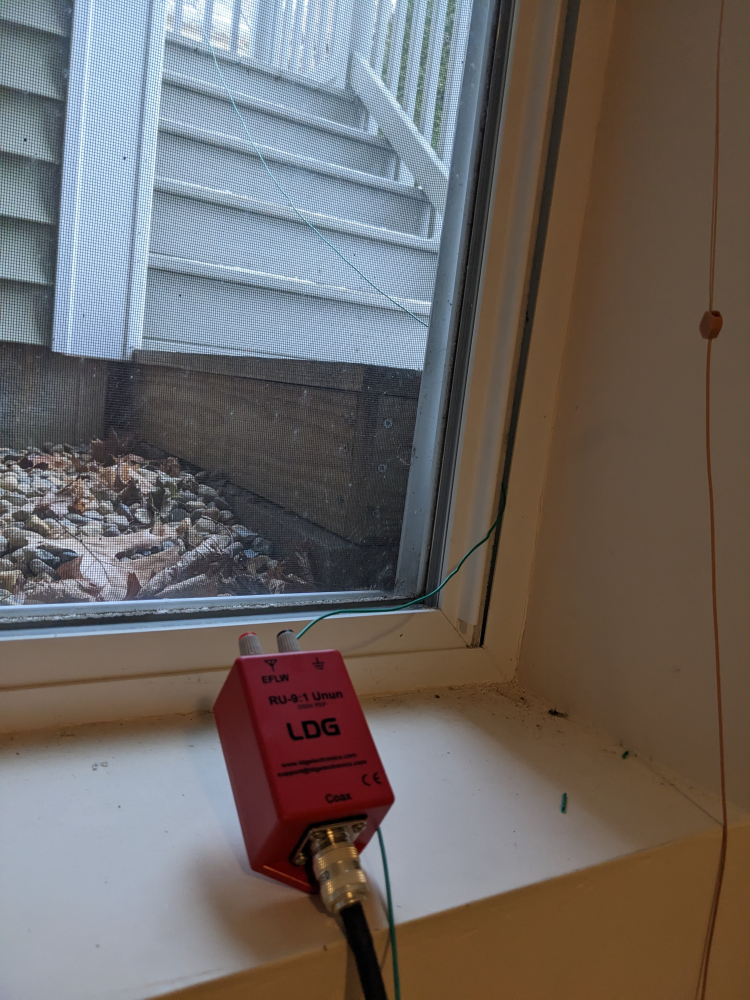
Trial and error
Operating an HF radio isn’t as simple as turing it on and selecting a frequency. For the first few days I listened, learning to draw in and isolate a signal. It’s my first radio so I can’t compare but I am guessing that my radio, the G90, is somewhere in the middle in terms of ease of use. It has a lot of features for such a small radio.
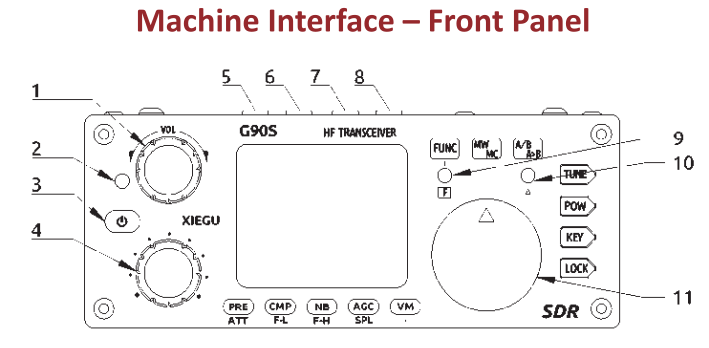
The RF amp, volume, tuner, antenna matching unit and various filter controls all can be manipulated to draw in and isolate a signal. I read the manual before starting but operating is another matter. It sook some time.
At one point I was having a hard time and then realized that I accidently put the radio into “split mode” where it was receiving and transmitting on different frequencies. This means that the antenna matcher was confused and I was getting a poor match across different frequency bands.
More reading, a firmware update and turning off “split” got me to a better place. I learned how to tune the radio and pull in a signal.
First contact
Finally I was comfortable and wanted to get on with it. An operator with a really strong signal from Virginia, WU9P, called for contact on 40 meters.
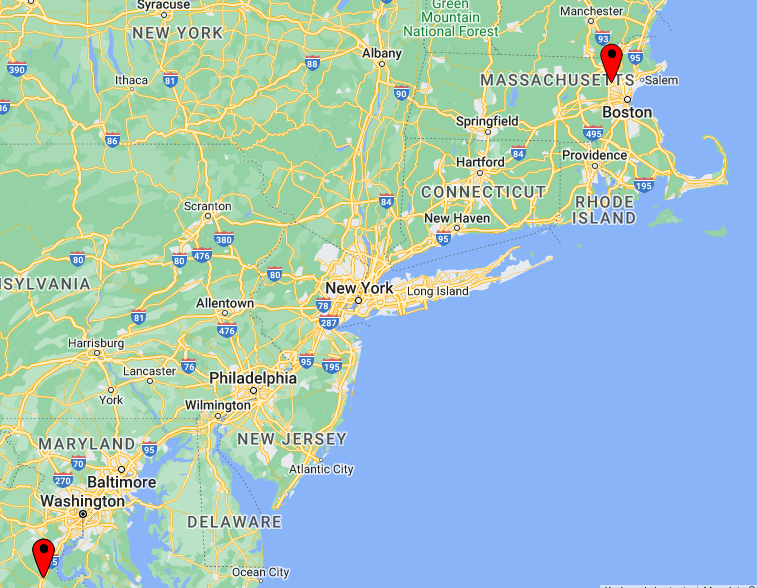
Chuck was loud and clear - he reported the same for my signal on his end. If you look at his profile page he definitely has a great antenna so he was able to pull in my lightweight 20 watt signal.
We exchanged call signs, talked about our radio setups and he coached me a little bit and wished me luck. Chuck was friendly and welcoming.
Next steps
I have a lot of ideas for antenna improvements and operating my radio when mobile. My first contact was fun and I’m looking forward to more.